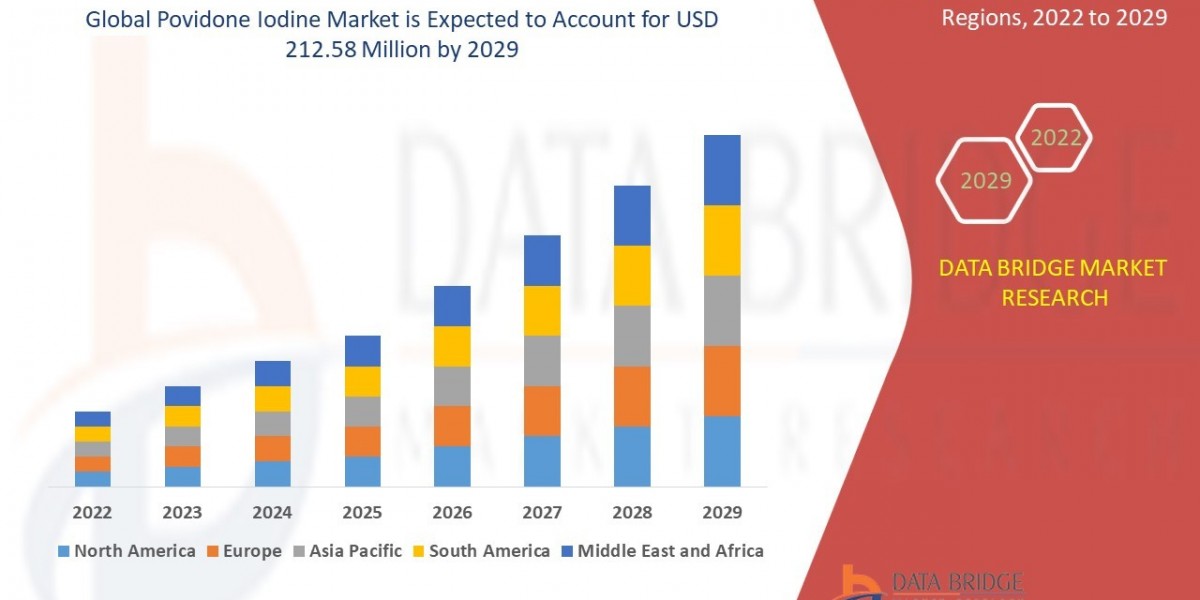The global smart lighting market is experiencing a profound transformation, moving beyond mere illumination to intelligent, connected systems that enhance convenience, energy efficiency, and ambiance. Fueled by advancements in IoT (Internet of Things) technology, LED innovation, and growing awareness of sustainability, this market is rapidly expanding its footprint in residential, commercial, and industrial sectors alike.
Defining Smart Lighting
Smart lighting refers to lighting systems that can be controlled and customized through smart devices (like smartphones, tablets, or voice assistants) or integrated into broader smart home/building automation platforms. These systems often incorporate:
LED Technology: As the most energy-efficient and long-lasting light source, LEDs are the foundational technology for almost all smart lighting solutions.
Connectivity: Employing wireless protocols such as Wi-Fi, Bluetooth, Zigbee, Z-Wave, Thread, or Power over Ethernet (PoE) for communication between components and control devices.
Sensors: Integrating motion sensors, occupancy sensors, daylight sensors, and even environmental sensors to enable automated lighting adjustments.
Software & AI: Utilizing applications and cloud-based platforms for scheduling, dimming, color changing, remote control, and increasingly, AI-driven optimization based on user patterns and environmental data.
Driving Forces Behind Market Expansion
Several key factors are illuminating the path for the smart lighting market's robust growth:
Energy Efficiency and Cost Savings: Smart lighting systems, particularly when combined with LEDs, significantly reduce energy consumption through dimming, scheduling, and occupancy-based control, leading to substantial long-term cost savings for consumers and businesses. This is a primary driver in an era of rising energy costs.
Convenience and Enhanced User Experience: The ability to control lights remotely, set scenes, integrate with voice assistants, and automate lighting based on daily routines offers unparalleled convenience and improves quality of life.
Rising Adoption of IoT and Smart Homes/Buildings: The increasing penetration of IoT devices and the growing trend towards integrated smart ecosystems provide a fertile ground for smart lighting as a core component of connected living and working spaces.
Growing Environmental Awareness and Regulations: As sustainability becomes a global imperative, smart lighting's contribution to reduced carbon footprints and energy conservation aligns perfectly with regulatory pushes and consumer preferences for eco-friendly solutions.
Advancements in LED Technology: Continuous improvements in LED efficiency, lifespan, color rendering, and decreasing costs make smart LED solutions increasingly attractive.
Demand for Human-Centric Lighting (HCL): The recognition of lighting's impact on human well-being, mood, productivity, and circadian rhythms is driving demand for tunable white and color-changing smart lighting solutions that can adapt to human needs throughout the day.
Increased Security: Smart lighting can enhance home and building security by simulating occupancy or integrating with security systems to flash lights during an alert.
Key Market Segments and Trends
Residential Sector: This segment is dominated by individual smart bulbs, smart switches, and integrated smart home lighting systems, driven by DIY enthusiasts and homeowners seeking convenience and energy savings.
Commercial Sector: Offices, retail spaces, and hospitality venues are adopting smart lighting for energy management, mood setting, branding, and even real-time data collection (e.g., foot traffic analysis in retail). Power over Ethernet (PoE) lighting is gaining traction for its simplified wiring and data capabilities.
Industrial/Outdoor Sector: Street lighting, factory floors, and warehouses are leveraging smart lighting for optimized energy use, predictive maintenance, and enhanced safety through adaptive illumination. Smart city initiatives heavily rely on intelligent street lighting.
Tunable White and RGBW Solutions: The ability to adjust color temperature (from warm to cool white) and full-color spectrum (RGBW) is a significant trend, especially for HCL and aesthetic purposes.
Wireless Connectivity: While Wi-Fi and Bluetooth remain popular for simple setups, Mesh networks (Zigbee, Z-Wave, Thread) are gaining prominence for larger, more robust installations.
Cloud-Based Platforms and Data Analytics: The shift towards cloud-managed lighting systems allows for advanced data analysis, predictive maintenance, and remote troubleshooting.
Challenges and Outlook
Despite its rapid growth, the smart lighting market faces challenges such as the initial higher cost compared to conventional lighting, interoperability issues between different manufacturers' ecosystems, concerns regarding data privacy and cybersecurity, and the need for greater consumer education.
However, as technology matures, costs decline, and standardization efforts progress, these challenges are expected to diminish. The smart lighting market is poised for continued robust expansion, driven by its undeniable benefits in energy efficiency, convenience, and its integral role in the broader smart ecosystem, ultimately illuminating a smarter, more sustainable future.
Related Reports:
Mexico GaN Powered Chargers Market
South Korea GaN Powered Chargers Market
UK GaN Powered Chargers Market







